Electric Kettles: The Silent Energy Gulpers
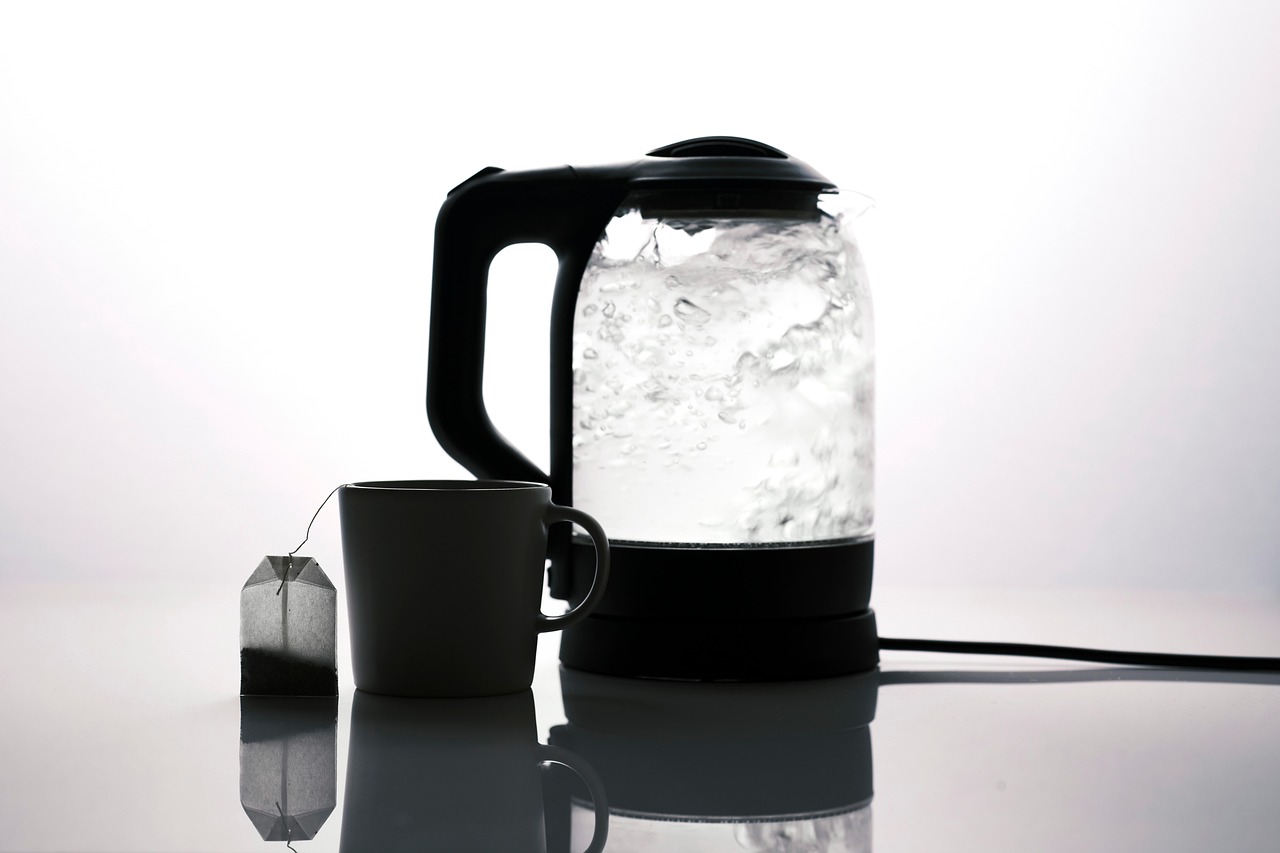
You might not realize it, but your trusty electric kettle is one of the sneakiest power drainers in your kitchen. A standard 3 kilowatt (kW) water kettle costs almost 74p to bring a full kettle (2 litres) to a boil. What makes this particularly shocking is how we use them – most of us fill the entire kettle just to make one cup of tea.
Even when you’re not using it, your kettle continues its energy-draining mission. Even when turned off, the majority of modern kettles draw 30W (watts) of electricity each hour. That means a year of keeping your water kettle plugged in, you’ve spent 64p of electricity not using it. This standby consumption adds up faster than you’d think, especially when multiplied across millions of households.
Desktop Computers: The Home Office Power Hogs

Your home office setup might be costing you more than you realize. A desktop PC uses 450W of energy per hour when actively used. This compares to 5.4W when on standby or sleep mode. By turning your computer fully off instead of in sleep mode when you’re not using it, you could be saving on electricity £11.58 each year.
The difference between desktops and laptops is staggering when it comes to power consumption. Research shows that switching to a laptop can dramatically reduce your electricity usage. An average laptop uses 100W of energy for every hour used and needs up to 4.2W of standby consumption. This translates to the extra £9 per year when left on the standby mode. If you’re working from home daily, this choice between desktop and laptop could significantly impact your annual energy bills.
Televisions: The Living Room Energy Vampires

Smart TVs have become major energy vampires in modern homes, particularly because of their always-on features. TVs can be some of the most energy-sucking devices in your home – especially modern “smart” TVs with all the bells and whistles. That’s because they come with power-hungry features like satellite TV, Wi-Fi connectivity, DVR capabilities, and more. They use energy even when turned off.
The standby mode in televisions is designed for convenience, but it comes at a cost. When you press that power button on your remote, your TV doesn’t actually switch off completely – it remains in a ready state to instantly respond to your next command. For example, when you turn off your TV there’s no picture but the red standby light is still on. This stays on so you can connect with your TV every time you use the remote. Although it’s a convenient function, the TV is still using power when it’s in standby mode. This is a vampire device in action and could increase your energy bill.
Washing Machines: The Hidden Water-Heating Monsters
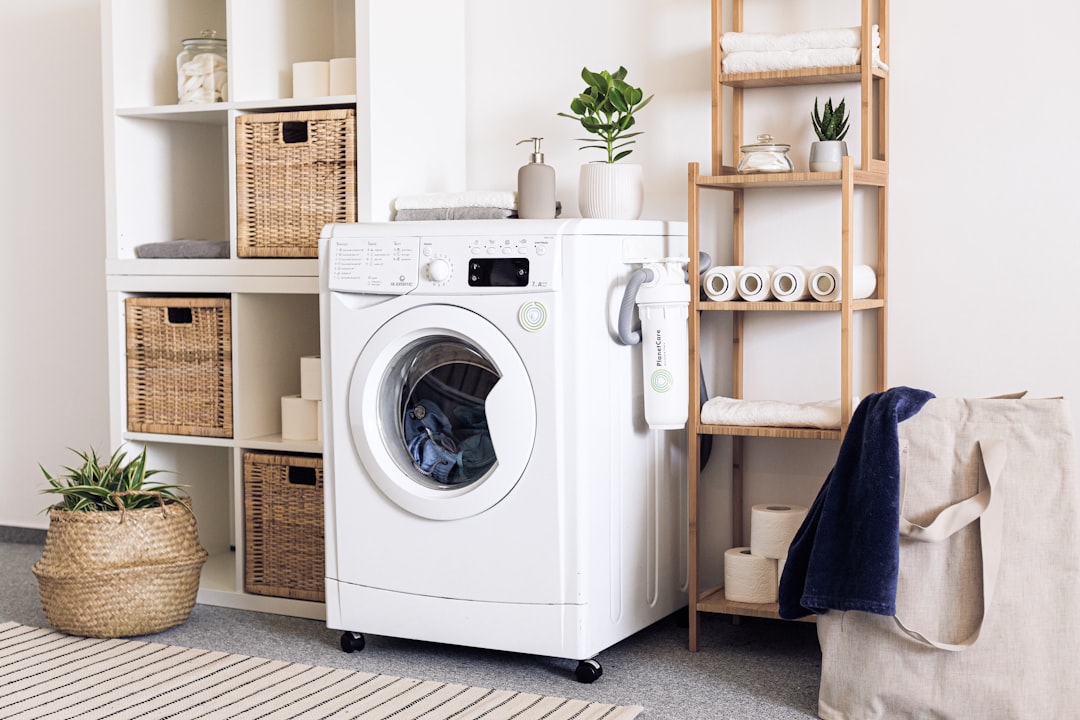
Washing machines represent a particularly interesting case in energy consumption because they combine mechanical operation with water heating. Washing machines are essential appliances. But the average washing machine uses £4.00 worth of electricity per day. This figure might seem high, but it reflects the intensive energy requirements of heating water and running the motor.
The energy drain doesn’t stop when the cycle ends either. Wet appliances found in the bathroom tend to be energy-hungry appliances because they also heat the water they use. Appliances such as washing machines, showers, and tumble dryers account for about 16% of the typical energy usage bill. Most people don’t realize that modern washing machines continue to draw power even when they appear to be off, maintaining their electronic controls and display systems.
Electric Ovens: The Kitchen Power Monsters
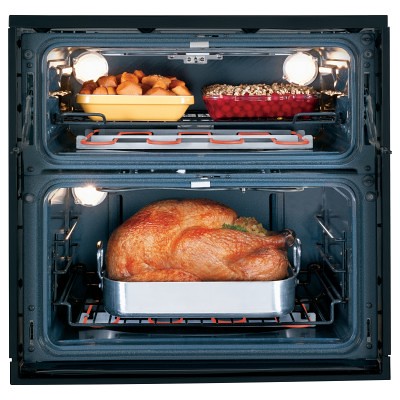
Electric ovens are among the most power-hungry appliances in your home, and their impact goes beyond just cooking time. We found that an electric oven could cost around £4.00 a day if it’s plugged in or being used. Batch cooking could reduce the amount you use your electric oven, or turning it off at the plug.
What many homeowners don’t consider is the residual heat factor. Even after you’ve finished cooking, your oven continues to impact your energy consumption through heat dissipation. But if there’s no other way to reduce your oven use, you could make the most of the excess heat by leaving the oven door open when it’s off and cooling down. This could help to warm up your kitchen and any other room close by. This approach can actually help offset heating costs in colder months.
Tumble Dryers: The Laundry Room Energy Beasts
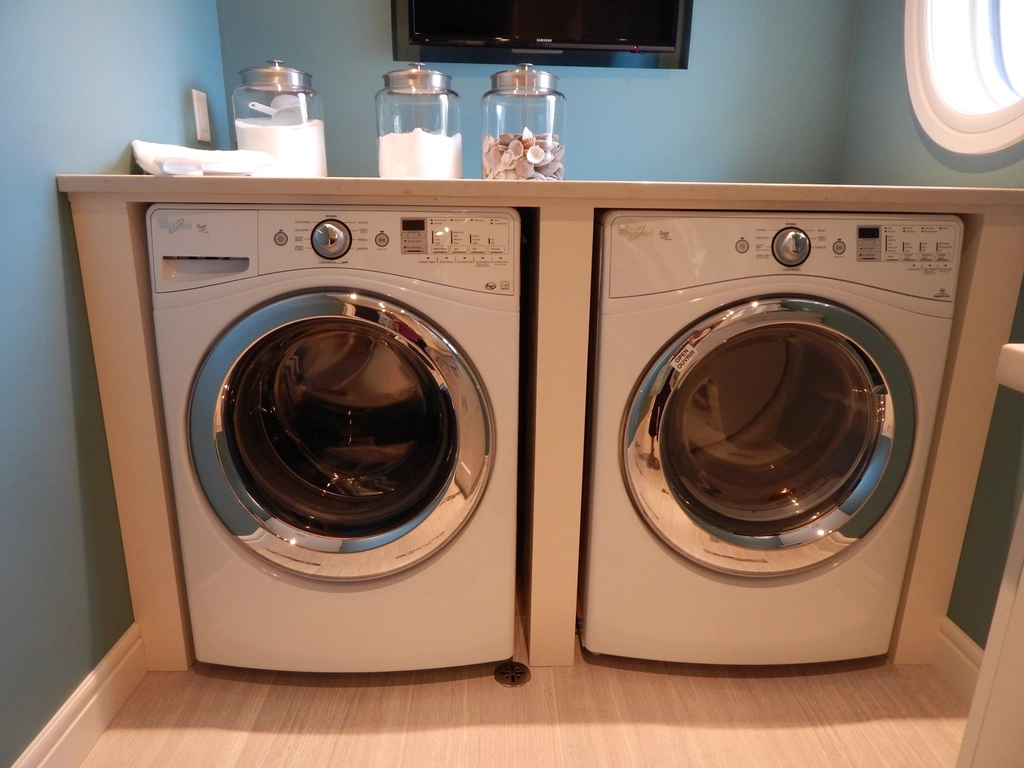
Tumble dryers consistently rank as one of the most energy-intensive appliances in households. The tumble dryer is the second most energy-heavy appliance (second to the shower). The reason becomes clear when you consider the immense energy required to generate the hot air necessary for drying clothes.
As with refrigerators, a clothes dryer is another appliance that can be replaced with a newer, Energy Star-rated version. Clothes dryers use up 3.2% of a home’s energy, so cutting down on dependence on them helps. People should take advantage of line drying whenever possible. The percentage might seem modest, but when you consider that most households use their dryer multiple times per week, this represents a significant portion of your electricity bill.
Dishwashers: The Underestimated Kitchen Drainers
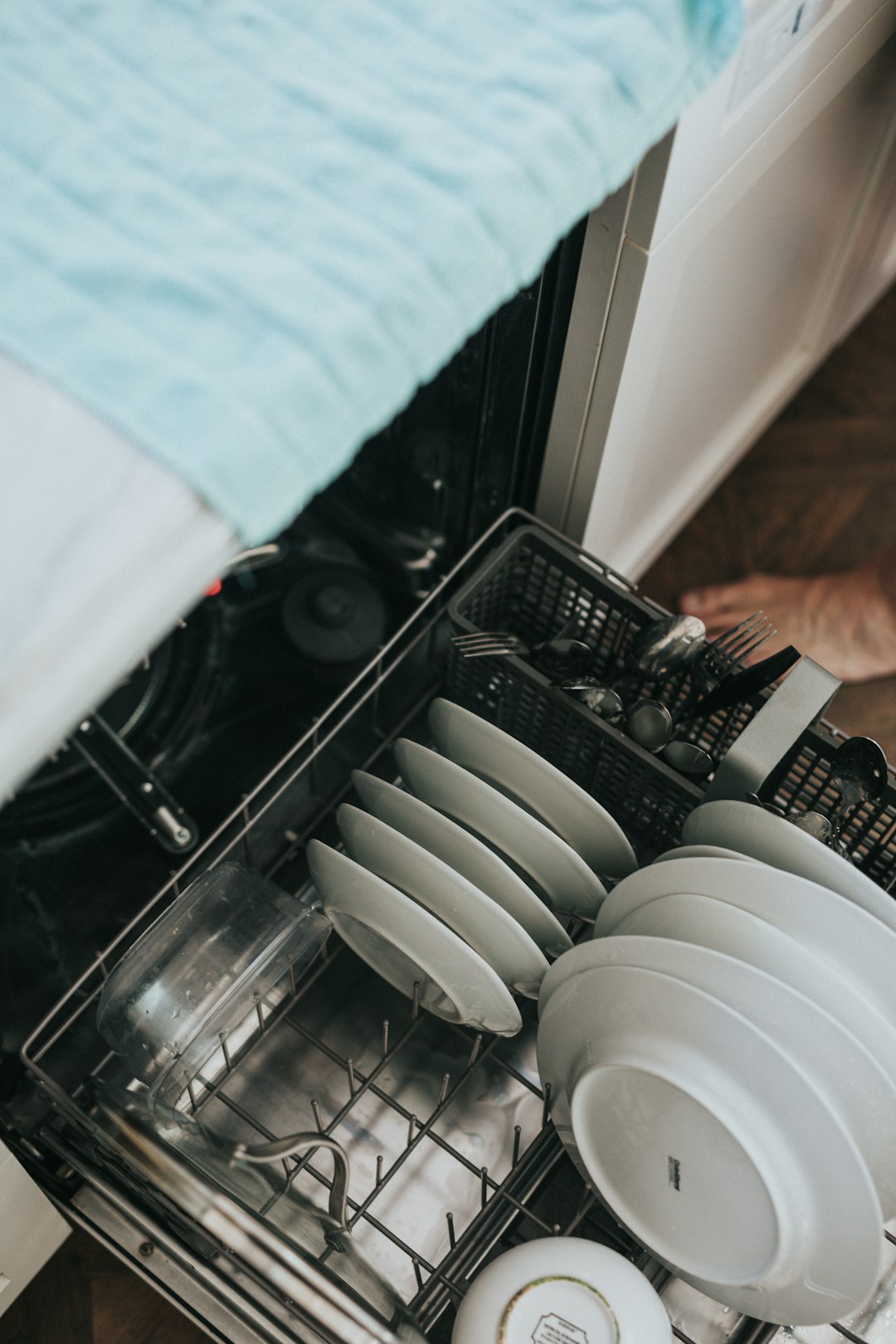
Dishwashers often fly under the radar when people think about energy consumption, but they’re actually significant power users. Dishwashers are another of the most energy-hungry appliances in our homes. They are typically energy rated between 1.2 kW and 2.4 kW. With programmes lasting up to three hours in some cases, that can start to add up.
The daily cost adds up more than most people expect. Dishwashers cost around £3.00 per day to use, according to our research. This figure reflects not just the mechanical operation but also the substantial energy required for heating water to the high temperatures needed for effective cleaning. The longer wash cycles of modern dishwashers, while more water-efficient, often mean extended periods of energy consumption.
Electric Showers: The Ultimate Power Drainers
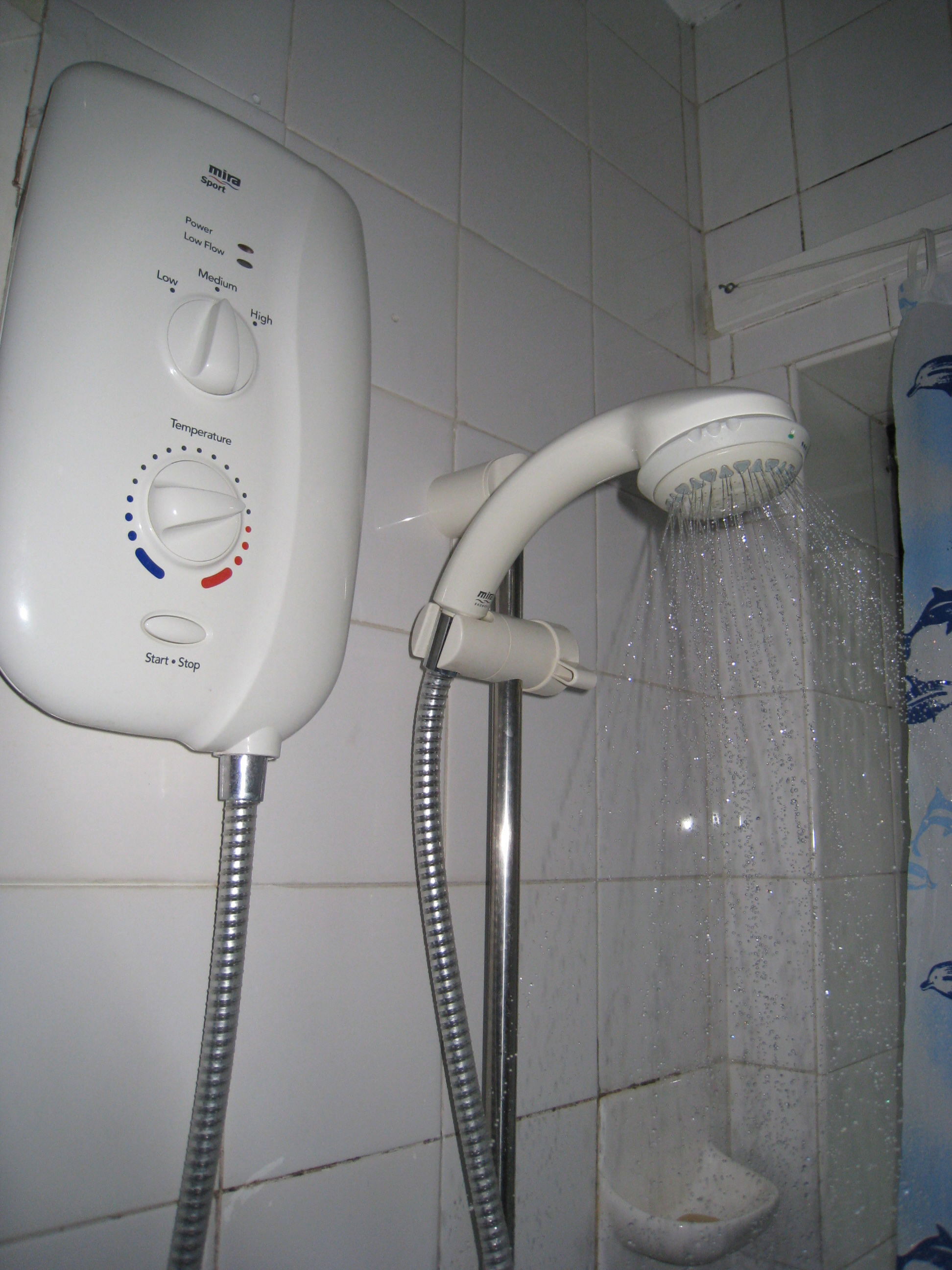
Electric showers top the charts as the most energy-intensive appliances in most homes. You probably don’t realise it while showering, but the electric shower is one of the most expensive household appliances in terms of electricity usage. Not only does it use a lot of water (about 77 litres for 10 minutes), but if you, like most people, prefer heated water while showering, then you’re paying 32p for a 10-minute shower that uses 8kWh. That means a daily 10-minute shower costs you £119.35 by the end of the year.
The reason electric showers consume so much power is simple physics – instantly heating large volumes of water requires enormous amounts of energy. Unlike other appliances that can spread their energy consumption over time, electric showers demand maximum power output for the entire duration of use. A shower is the most energy-intensive appliance and costs you almost 33p for a 10-minute shower. Even small reductions in shower time can lead to substantial savings on your energy bill.
